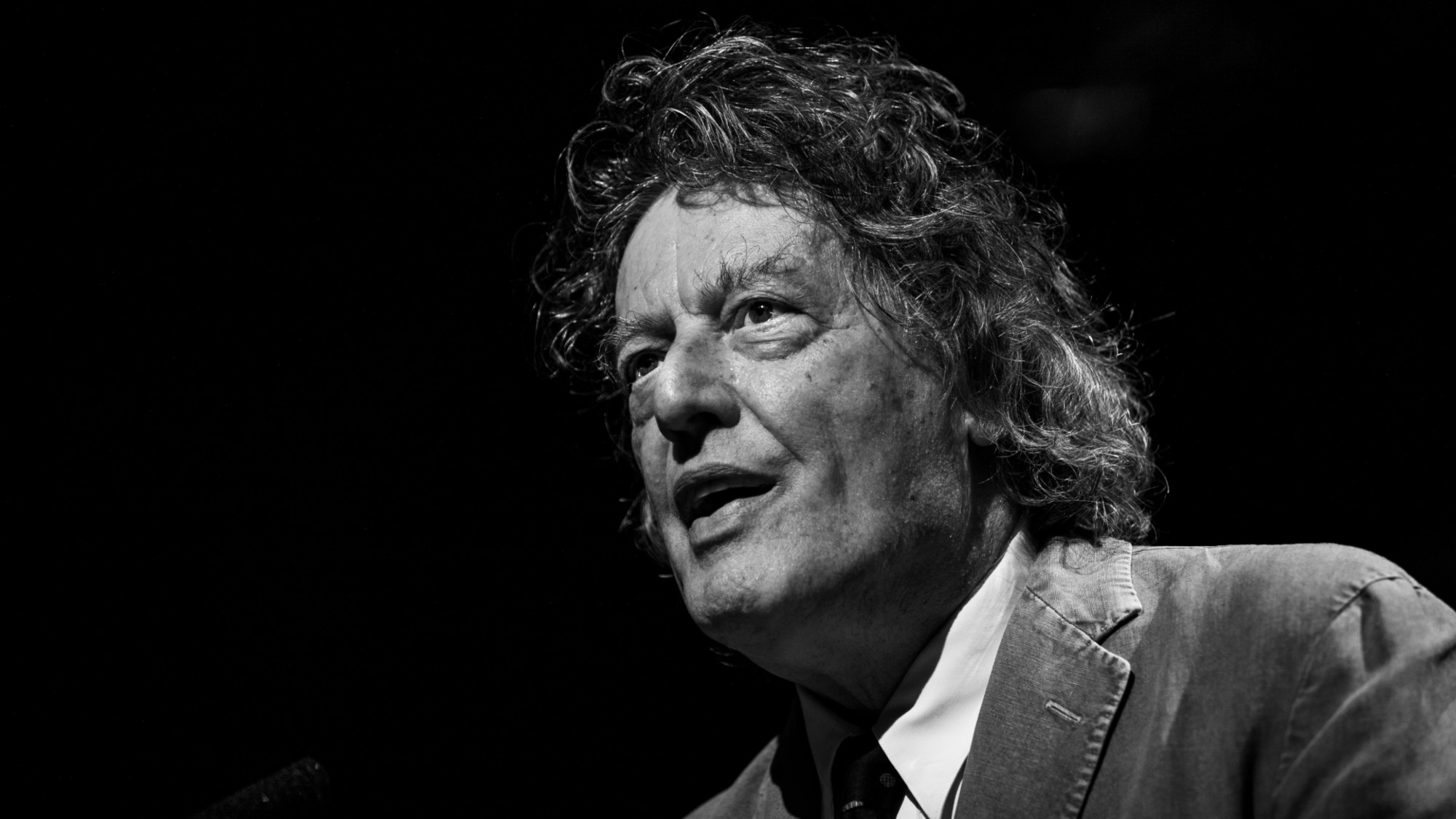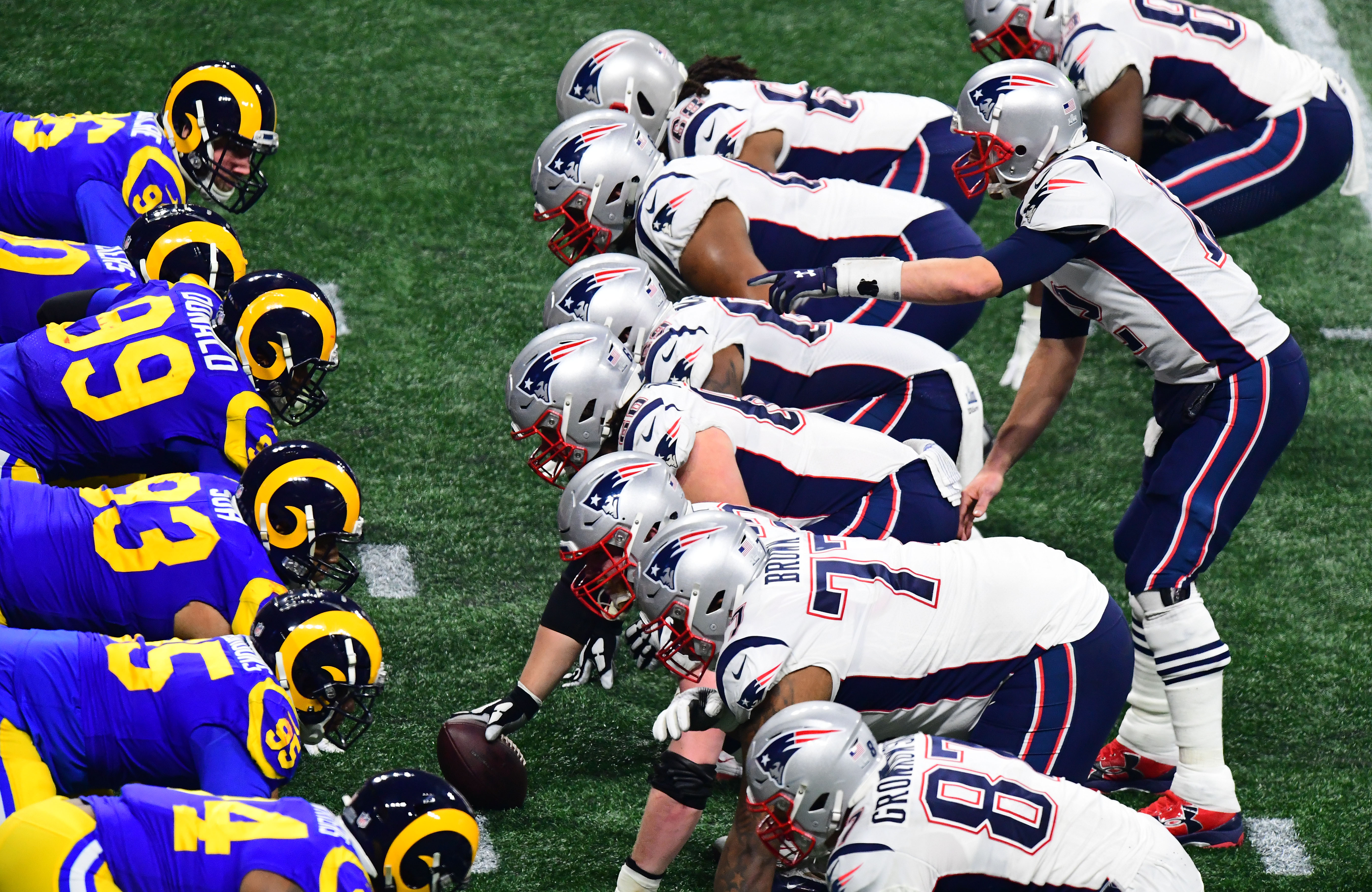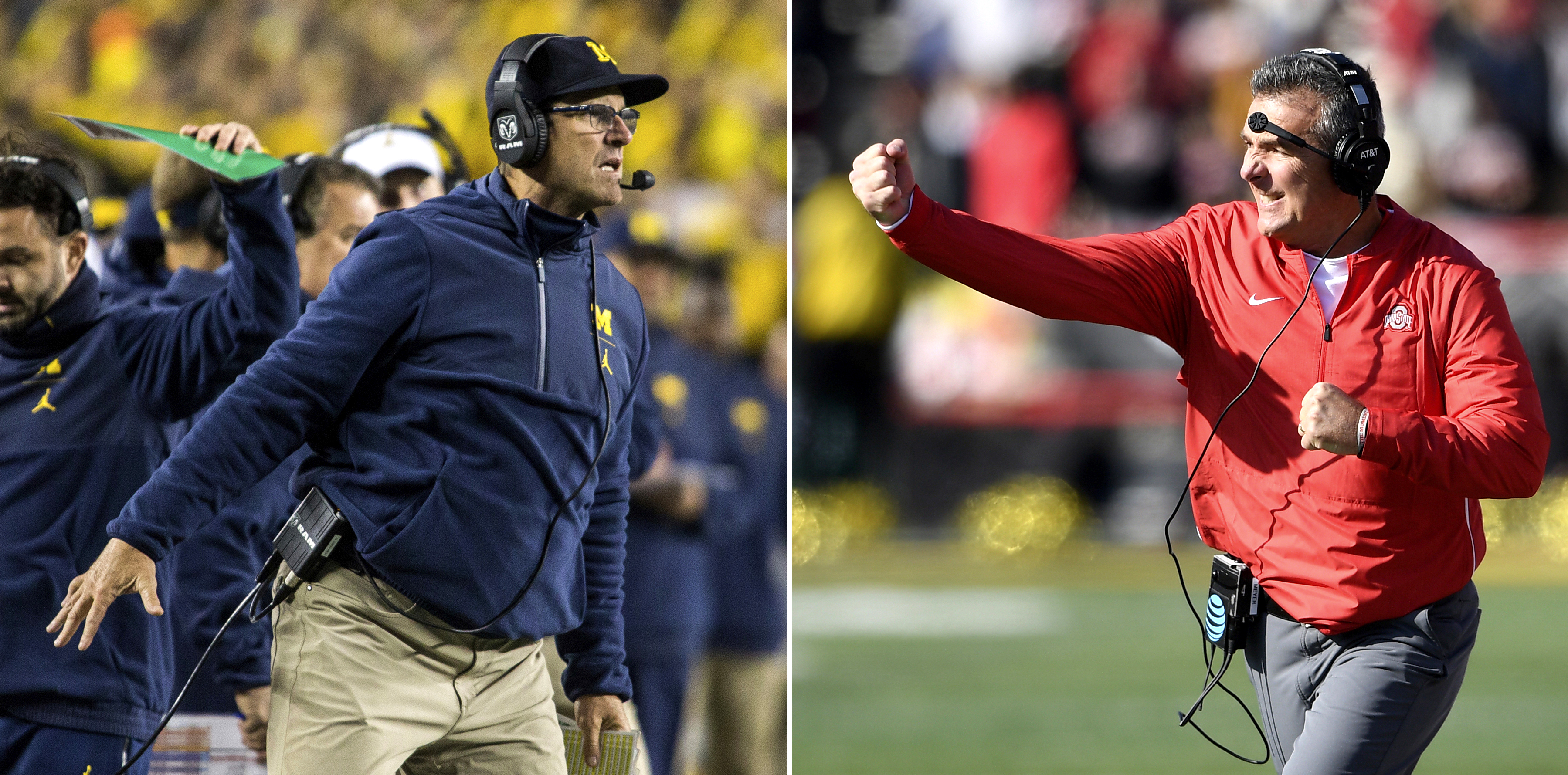How the Super Bowl ate America
Over the past half century, the NFL's Super Bowl has become America's true national holiday

Just how big is the Big Game?
By almost every measure, the Super Bowl is the single most popular sporting event in America today. More than 112 million people tuned in to last year's game, making it the highest-rated television program of all time. Over the past 10 years, Super Bowl broadcasts have enjoyed a larger average audience than the World Series, NBA Finals, Stanley Cup Finals, and Academy Awards — combined. And those numbers are likely to increase: With the exception of 2013, when the audience was "only" 108 million, Super Bowl viewership has grown every year since 2005. NBC expects this year's audience for the game between the New England Patriots and the Seattle Seahawks to surpass 115 million. "It would be a huge disappointment if we weren't the most watched show in the history of television," said Fred Gaudelli, NBC's coordinating producer for Super Bowl XLIX. But what truly sets the game apart is the fact that most of the people tuning in — an estimated 52 percent — aren't even football fans. "The biggest thing about the Super Bowl," said Gaudelli, "is you have people watching football for the only time this year."
Why is that?
The Week
Escape your echo chamber. Get the facts behind the news, plus analysis from multiple perspectives.

Sign up for The Week's Free Newsletters
From our morning news briefing to a weekly Good News Newsletter, get the best of The Week delivered directly to your inbox.
From our morning news briefing to a weekly Good News Newsletter, get the best of The Week delivered directly to your inbox.
Since it was first played, in January 1967, the Super Bowl has grown from a mere sporting event to a true cultural phenomenon. The festivities surrounding the game — from the fighter-jet flyovers to the halftime spectaculars to the postgame presidential phone calls — have imbued the game with a larger-than-life significance. The Super Bowl has created "a convergence of sports, politics, and myth," said Joseph L. Price, a religion professor at Whittier College in California. "Like festivals in ancient societies, which made no distinctions regarding the religious, political, and sporting character of certain events, the Super Bowl succeeds in reuniting these now disparate dimensions of social life." Price wrote those words in 1974, when the Super Bowl audience was just 50 million people, less than half of what it is today.
Why does everybody watch?
Partly because it's an excuse to eat and drink as if you're at a Roman bacchanalia. The National Retail Federation estimates that Americans will spend more than $12 billion on food, drink, game-related merchandise, and electronics — including 7.5 million new televisions — for game day. In all, 1.2 billion chicken wings, 79 million pounds of guacamole, 32 million slices of pizza, and 11.2 million pounds of potato chips will be consumed on Feb. 1, and it will all be washed down with some 50 million cases of beer. As for the aftereffects, antacid sales spike 20 percent the day after the game, and 7 million people call in sick.
How did this all get started?
A free daily email with the biggest news stories of the day – and the best features from TheWeek.com
Rather humbly. In the mid-1960s, the American Football League was making a serious challenge to the NFL, signing away top draft picks as well as lucrative broadcast deals with the TV networks. In classic if-you-can't-beat-'em-join-'em fashion, the leagues agreed to a merger, and in 1967, the NFL's Green Bay Packers defeated the AFL's Kansas City Chiefs in the aptly named AFL-NFL Championship Game, subsequently dubbed Super Bowl I. Credit for that now-infamous moniker goes to Chiefs owner Lamar Hunt. "I have kiddingly called [the game] the 'Super Bowl,'" Hunt wrote to then-NFL Commissioner Pete Rozelle in 1966, "which obviously can be improved upon."
Will the Super Bowl keep growing?
The NFL certainly thinks so. Commissioner Roger Goodell has said the league — which is considering putting new franchises in Europe — expects to more than double its overall revenue to $25 billion by 2027. But pro football faces a serious threat to its popularity and its ability to keep attracting players: head injuries. By the NFL's own estimate, nearly 30 percent of NFL players will suffer from Alzheimer's disease or some other form of early-onset dementia as a direct result of playing football. And the damage may start to occur long before players reach the pros, as some studies have found signs of brain trauma in high school players after just one season. Participation rates in Pop Warner, the country's largest youth football organization, fell nearly 10 percent from 2010 to 2012. Just last week, former player and coach Mike Ditka said that if he had an 8-year-old son today, he would not allow him to play football. "I think the risk is worse than the reward," Ditka said. "I really do." So far, however, the brain-trauma issue has not hurt the NFL's wild popularity; nor has the domestic-violence scandal that erupted earlier this season. "It's been a year that the NFL, in many regards, would love to forget," said NBC's Al Michaels, who is calling his ninth Super Bowl this year. "I think the fans can compartmentalize a lot of this."
Now, a word from our sponsors…
A 30-second commercial in this year's game sold for an average of $4.5 million, nearly double what it cost just 10 years ago. Why are advertisers willing to fork over such huge sums for Super Bowl airtime? One reason might be that it's the only television broadcast where ratings actually go up during commercials. People watch because advertisers and advertising agencies pull out all the stops to make funny, shocking, or otherwise memorable Super Bowl ads that will create "buzz'' for their products, and there is plenty of anecdotal evidence that Super Bowl spots can have a huge impact on a company's bottom line. Automaker Audi has doubled its market share since its first Super Bowl ad, in 2006, while Anheuser-Busch routinely sees a spike in Budweiser sales in the weeks following the game. Newer brands get an even bigger boost: After airing its first Super Bowl ad, in 2012, the sneaker company Skechers increased sales 26 percent and tripled its stock price over the next two years. "It's a statement that we're playing serious," said Daniel Birnbaum, CEO of Soda Stream, which aired its first Super Bowl ad in 2013. "It has opened doors for us."
-
 Is Europe finally taking the war to Russia?
Is Europe finally taking the war to Russia?Today's Big Question As Moscow’s drone buzzes and cyberattacks increase, European leaders are taking a more openly aggressive stance
-
 How coupling up became cringe
How coupling up became cringeTalking Point For some younger women, going out with a man – or worse, marrying one – is distinctly uncool
-
 The rapid-fire brilliance of Tom Stoppard
The rapid-fire brilliance of Tom StoppardIn the Spotlight The 88-year-old was a playwright of dazzling wit and complex ideas
-
 The hottest Super Bowl ad trend? Not running an ad.
The hottest Super Bowl ad trend? Not running an ad.The Explainer The big game will showcase a variety of savvy — or cynical? — pandemic PR strategies
-
 Tom Brady bet on himself. So did Bill Belichick.
Tom Brady bet on himself. So did Bill Belichick.The Explainer How to make sense of the Boston massacre
-
 The 13 most exciting moments of Super Bowl LIII
The 13 most exciting moments of Super Bowl LIIIThe Explainer Most boring Super Bowl ... ever?
-
 The enduring appeal of Michigan vs. Ohio State
The enduring appeal of Michigan vs. Ohio StateThe Explainer I and millions of other people in these two cold post-industrial states would not miss The Game for anything this side of heaven
-
 When sports teams fleece taxpayers
When sports teams fleece taxpayersThe Explainer Do taxpayers benefit from spending billions to subsidize sports stadiums? The data suggests otherwise.
-
 The 2018 World Series is bad for baseball
The 2018 World Series is bad for baseballThe Explainer Boston and L.A.? This stinks.
-
 This World Series is all about the managers
This World Series is all about the managersThe Explainer Baseball's top minds face off
-
 Behold, the Bud Selig experience
Behold, the Bud Selig experienceThe Explainer I visited "The Selig Experience" and all I got was this stupid 3D Bud Selig hologram